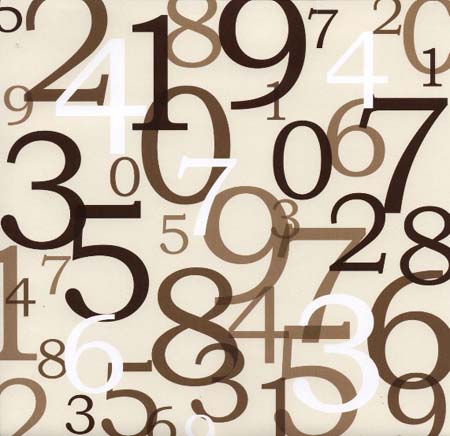 Did you catch this story about abortion rates worldwide? It's based on a new study done by researchers with the Guttmacher Institute (Planned Parenthood's research arm) and the World Health Institute that was published in The Lancet.
Here is how the Associated Press began its article, "Abortion rates same whether legal or not," published on MSNBC:
Did you catch this story about abortion rates worldwide? It's based on a new study done by researchers with the Guttmacher Institute (Planned Parenthood's research arm) and the World Health Institute that was published in The Lancet.
Here is how the Associated Press began its article, "Abortion rates same whether legal or not," published on MSNBC:
Women are just as likely to get an abortion in countries where it is outlawed as they are in countries where it is legal, according to research published Friday.
Fascinating, eh? Except later on in the AP story we read this:
In North America, there are 33 abortions for every 100 live births, while in Africa, where abortion is illegal in most countries, there are 17 abortions for every 100 live births.
Okay, so let me get this straight. Women are just as likely to get an abortion in countries where it is outlawed as they are in countries where it is legal. But in North America, where abortion is legal, the ratio of abortions per 100 live births is twice as high as it is in Africa, where abortion is mostly illegal. An accompanying graph shows that some regions of the world, where abortion is illegal, have 12 abortions per 100 live births. Other regions, where abortion is legal, have 105 abortions per 100 live births.
Confused? I sure was until I figured out that the numbers in the AP story aren't rates -- they're ratios! The abortion rate is the number of abortions performed per 1,000 women. That's a different statistic than the number of abortions per 100 live births. For some reason, the AP story doesn't substantiate the lede or headline with any supporting rate numbers. The New York Times also wrote up the story. It doesn't mention what the worldwide abortion rate is, although it mentions those for the U.S. (21), Uganda (54) and Western Europe (12).
The Times piece had its own confusing lede:
A comprehensive global study of abortion has concluded that abortion rates are similar in countries where it is legal and those where it is not, suggesting that outlawing the procedure does little to deter women seeking it.
Reported abortion rates aren't terribly similar anywhere -- they vary wildly, as indicated by the three regions the Times cited. So saying that abortion rates are similar in countries where it is legal and where it is illegal only works if you average the rates in all the countries where it is legal and all the countries where it is illegal -- which is a pretty meaningless average, if you ask me. Even in the U.S. reported abortion rates vary wildly. The 50 states reported everything from 2 to 37 abortions per 1,000 women in a 1996 CDC report.
So in order to determine, as the Times hopes to, whether outlawing abortion in a given country deters women from it, we'd need a longitudinal study. We'd need to look at the change in a given country's abortion rate after a change in laws governing abortion. Only then could we tell whether outlawing abortion deters women from seeking it. Near as I can tell, that was beyond the scope of the Guttmacher/WHO study so it should be beyond the claim made in a mainstream media report.
It's another part of the AP article that I found most surprising, though:
Worldwide, one in five pregnancies ends in abortion, and nine out of 10 women will have an abortion before age 45.
The statistic -- that one in five pregnancies ends in abortion -- is not impossible to believe, although the study's author is about to give a presentation in Washington that says, in part, "About 1 in 10 pregnancies ends in abortion." It's just numbers, right?
It's the second statistic that completely shocks me, though. Ninety percent of women will have abortions during their childbearing years? This just doesn't sound right to me. Even when you factor in China, where a significant percentage of the female population is forced to have abortions. If it's true, shouldn't there be some explanation to that? Such as, "Although this number seems blatantly false on its face, here's why it's true." Instead, it just goes on to some other point. Shouldn't the reporter help explain that number?
The folks at the Guttmacher Institute tried to calculate how many American women would have an abortion during their childbearing years. Here's what they came up with:
Each year, two out of every 100 women aged 15-44 have an abortion; 48% of them have had at least one previous abortion.
About half of American women have experienced an unintended pregnancy, and at current rates more than one-third will have had an abortion by age 45.
Emphasis mine. So in the U.S., Guttmacher estimates that more than 33 percent of women will have at least one abortion during their lifetime. But worldwide it's 90 percent? Even though abortion rates in the world vary drastically -- to be both higher and lower than the U.S. average? How is that number true? What am I missing?
